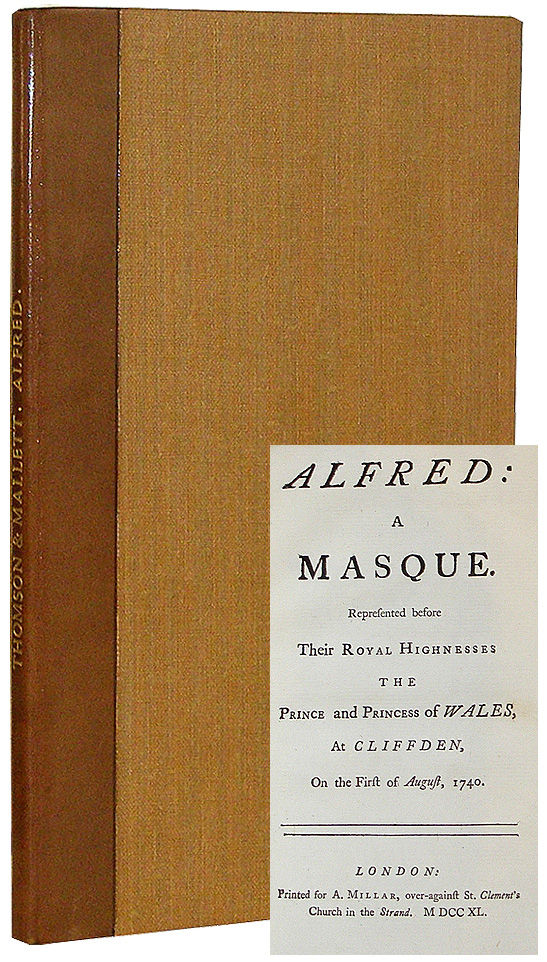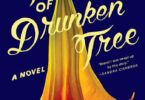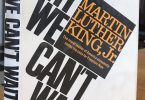In the wake of the British “Brexit” vote that not only begins the process of withdrawing from the European Union, but also potentially triggers the break-up of the United Kingdom, the libretto to a piece of eighteenth-century theatre illustrates the tangled history of Britain and Europe.
In 1700, England faced a succession crisis: twelve years previously, the Roman Catholic king James II had been ousted by his daughter, Mary Stuart and her husband, the Dutch Protestant William of Orange. They had no children, and Anne, Mary’s sister and the heir presumptive, had just lost her only surviving son. Every other Stuart in close direct line to the throne was a Catholic, and across Scotland, many “Jacobites” agitated for the restoration of a Catholic monarch.
To secure the throne for Protestants, the English parliament passed the Act of Settlement in 1701, guaranteeing the throne to the distantly-related Stuart princess Sophia of Hanover and her descendants. In 1707, under Queen Anne, the Act of Union merged the English and Scottish parliaments. Seven years later, on Anne’s death, the throne passed to Sophia’s son George, and the ruler of a small German state became the first King of Great Britain and Ireland.
During the reigns of George I and George II – foreign-born kings ruling from England over fractious Scots -– a new cultural and political identity emerged among a growing middle class. As the historian Linda Colley explains in her book Britons, “Britishness” was not dependent upon old geographic allegiances or blood ties, but encompassed the entire island (Wales had long been united with England; Ireland stood alone). It was defined by Protestantism, parliamentary supremacy, and civil liberty; it projected power through trading prowess backed up with naval strength. It also stood against its chief European rival: whatever “British” might be, it wasn’t French.
In 1740 two Scots, David Mallet and James Thomson, seeking favor from the royal court, created the masque Alfred to celebrate the Hanoverians as true successors to a medieval defender of the nation from Viking invaders. The masque itself is largely forgotten, but its final song, written by Thomson, quickly gained a life of its own as a patriotic anthem, and can be heard every September in London amid the boisterous flag-waving of the Last Night of the Proms: “Rule, Britannia! Britannia, rule the waves: Britons never will be slaves.”
Here’s a few relevant books for further reading:
- The lovely copy of Alfred: A Masque pictured above
- All copies of Alfred: A Masque available on Biblio
- Britons: Forging the Nation by Linda Colley
- A Polite and Commercial People by Paul Langford
For a rousing rendition of “Rule, Britannia” enjoy this performance by Sarah Connolly (and the audience!) during Last Night of the Proms ’09, inside the Royal Albert Hall.
Nick Sweeney is a writer and technologist with a special interest in the literature, culture and science of 18th-century Britain. His website is at NickSweeney.com








Nick:
Your post about the past of the ‘British’ made me think about how “Young’ our own past is. I’m a Texan. I’ve been building a bibliography of Texas that goes back to when Texas was only inhabited by native tribes until explored by the Spanish & French in the 1700s.
When I was taught Texas History in the 6th grade the hit mainly the High points with very little prior to struggle for Independence from Mexico in the 1830s.& 1840s.That education dealt very little with Mexico’s own fight for separation from Spain in 1820.
Texas became a Republic for 10 years prior asking for annexation tothe USA in 1845. We were even recognized as a nation internationally. Texas birth was very unique in that it was rapidly colonized by immigrants from the USA , the British & very many European states & countries in the late 1700s & early 1800s.
Jumping to the 2000s & Texas has become an economic & education state ranked among all others including California. The University of Texas system alone has expanded with branches though out the State.
When I was in England to train for the Military Rifle Shield sponsored at the Rifle Range about 20 miles South of London in 1954, Most of the English & Scots I met while training, thought that being from Texas, we were still mostly Western. Yes, ranching had its start in Texas & the Southwestern USA. That has been only a small percentage of business since the early 1900s. Texas is one of the leaders in Petroleum in the world & much of Educational systems have been funded by income from vast acreage set aside by Texas government in the 1800s.
Our state tax structure is such that business has found it to their advantage relocate here. Austin, where I was born had only about 80,000 population in 1953 – Business & Academic relocation & expansion has pushed the current population of the Austin area (including surrounding bedroom communities0 to over 800,000.
Texas is young in years. Building my bibliography for Texas has driven home how far we have really come.
Pat Hawk